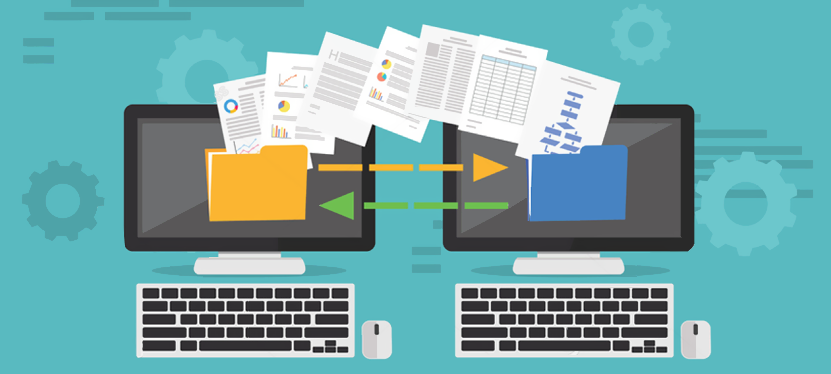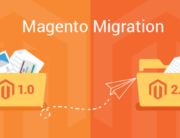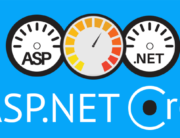In the past, application migrations used to occur very infrequently. However, enterprises today are not only frequently upgrading to new operating systems, but are also shifting to cloud hosted environments that offer scalability. Applications today also face challenges due to the growing trend of Bring Your Own Device that demands for increased mobility and device support.
Migrations are required at one point or another for almost all applications, softwares and even websites as they keep growing. The whole process though is always very tedious and complicated and requires a comprehensive plan to go about it.
Before we move further, let’s have a look at what Application Migration is.
What is Application Migration?
Application migration is the process of moving an application program from the environment it is currently hosted on to another. Migrations are not only limited to applications but also websites and softwares. For example, shifting from a popular open source website to a more feature rich and secure platform.
Migrations occur for many different reasons. Some of these include, but not limited to:
- Shutting down of existing data centers
- Migrating to a more secure server site
- Recovering from disasters or spam attacks
- Upgrading to the latest operating system with better server hardware
- Setting up in a more scalable environment to be at speed with growth
As mentioned earlier, the whole process of application migration is an extremely complex and delicate process that needs to be well planned and nurtured at each step.
Professional App Development Companies follow a pattern to go about the whole process. This is briefly discussed below:
Application Migration Process Checklist
The migration process of every application is unique. It depends on the functionalities of the application, its scalability, its user base etc. Hence each application requires a planning process that is specific to it. However, an overview of the steps involved are as follows:
1. Analyzing the Destination Server Requirements
Before beginning the migration process, the first step is analyzing your destination server requirements. The plan should consider the type of application that is to be migrated unique to your business requirements. The scalability of your application with respect to the growth of your business, the compliance standards you expect to meet, previous issues and new upgrades you’re looking into etc. are all factors that influence the choice of your destination server.
Make sure to go through this step very carefully, if possible with the help of an experienced application development company. Or else you could end up having to go through the process again some time later.
2. Initiate Migration Process

Once the destination is chosen, the time to start the process begins. Initially, migrate all the data from your current servers to the new ones. Make sure you create backups of your database on the new servers simultaneously. Preferably, you should aim to keep your database in the new environment similar to how it was before including the folder names, user names, the paths etc. However, sometimes it’s not possible to do so always in a new environment so aim to maintain a close match.
During this time, all other development processes on the application should also be put to a halt. If for some reason you are not able to do this, make sure you keep note of the changes made during the migration to ensure they have been changed as such in the new server.
3. Comprehensive Testing
The comprehensive testing is one of the most important steps of any migration process. When you migrate to a new server, you are not well aware of its functioning under various circumstances. This is why repeated testing becomes crucial to help you become familiar about the application’s functioning.Testing can often get complicated as it might require frequent coding to resolve issues. However, experienced application developers having been through the process a number of times, won’t have much trouble with it.
4. Post-Migration Support and Maintenance

Once your application goes live, the last step would be to ensure your development partner stands by to ensure smooth functioning of it. It would be best if you wait for at least over a couple of weeks of the application running in the new environment before you completely abandon your previous server. Also ensure to have a complete backup of the previous server at your business site.
In the end, through thorough planning and testing, you will be able to get through the whole process quite seamlessly. Application migration might be a complex procedure, but it definitely brings along a number of advantages once you get through. These advantages outweigh the pain of the process by a significant factor.







Leave A Comment